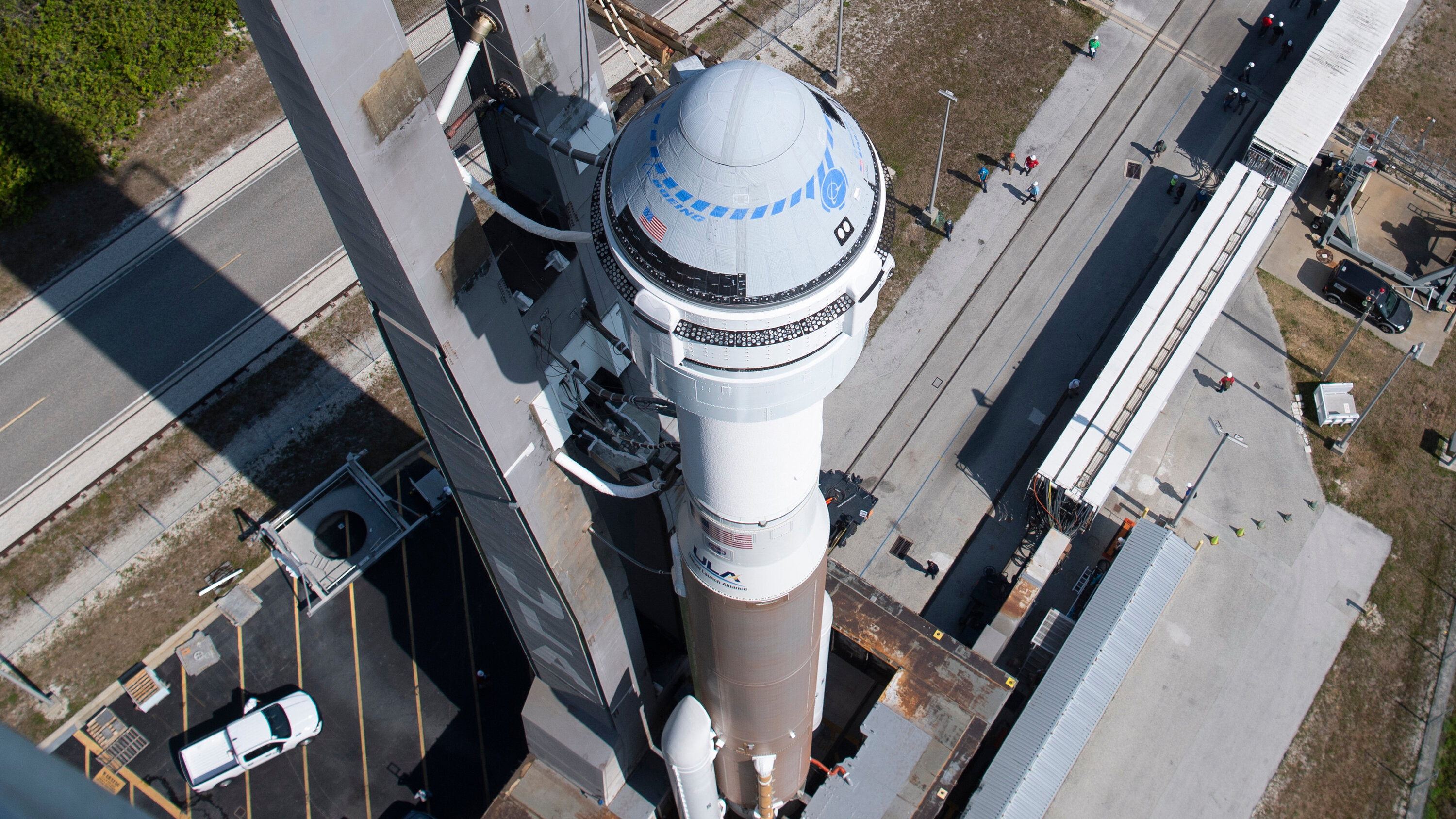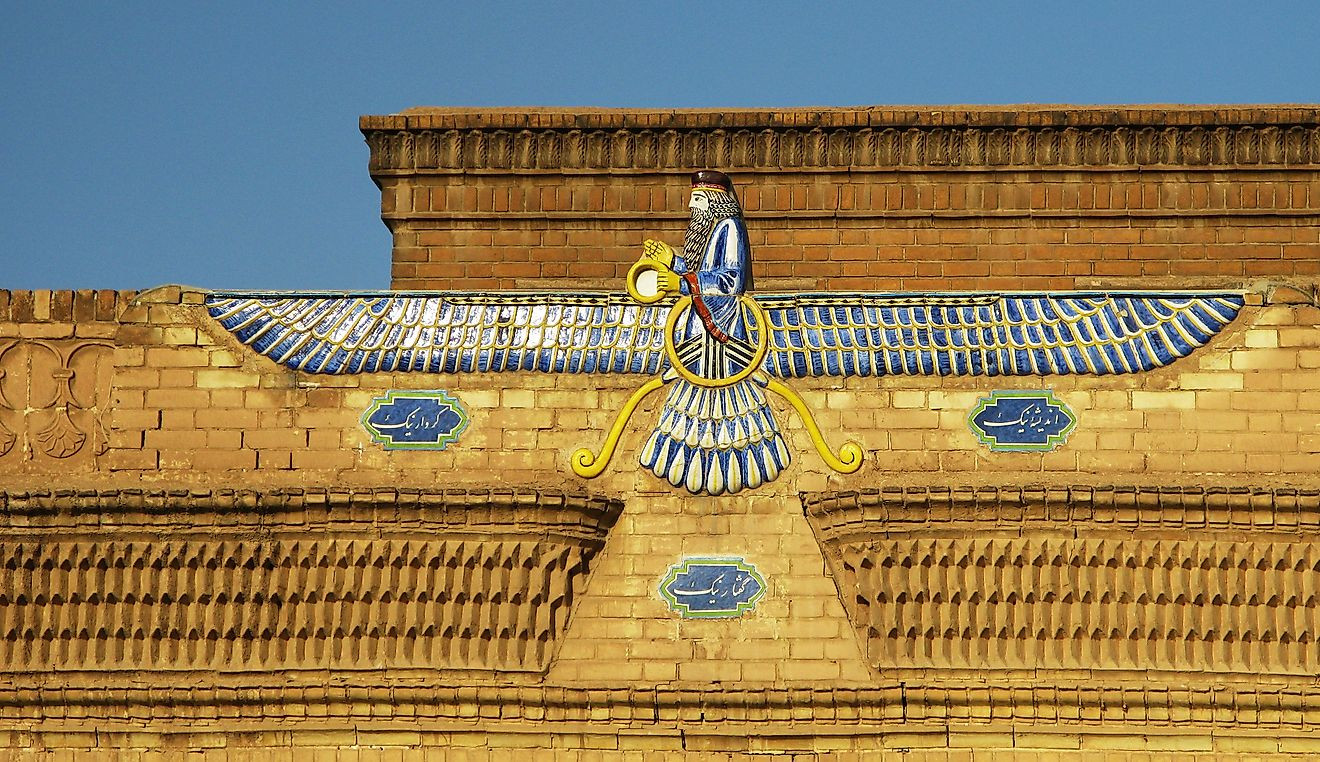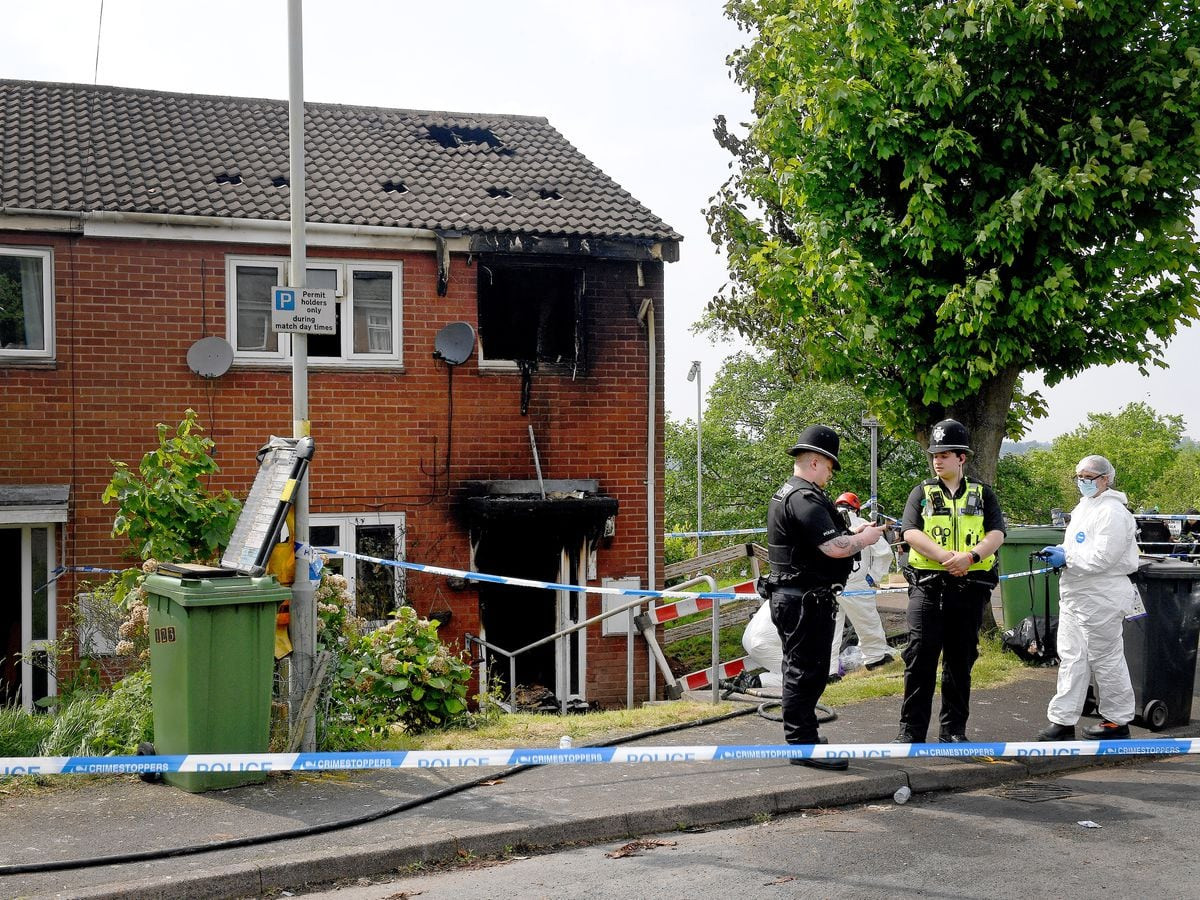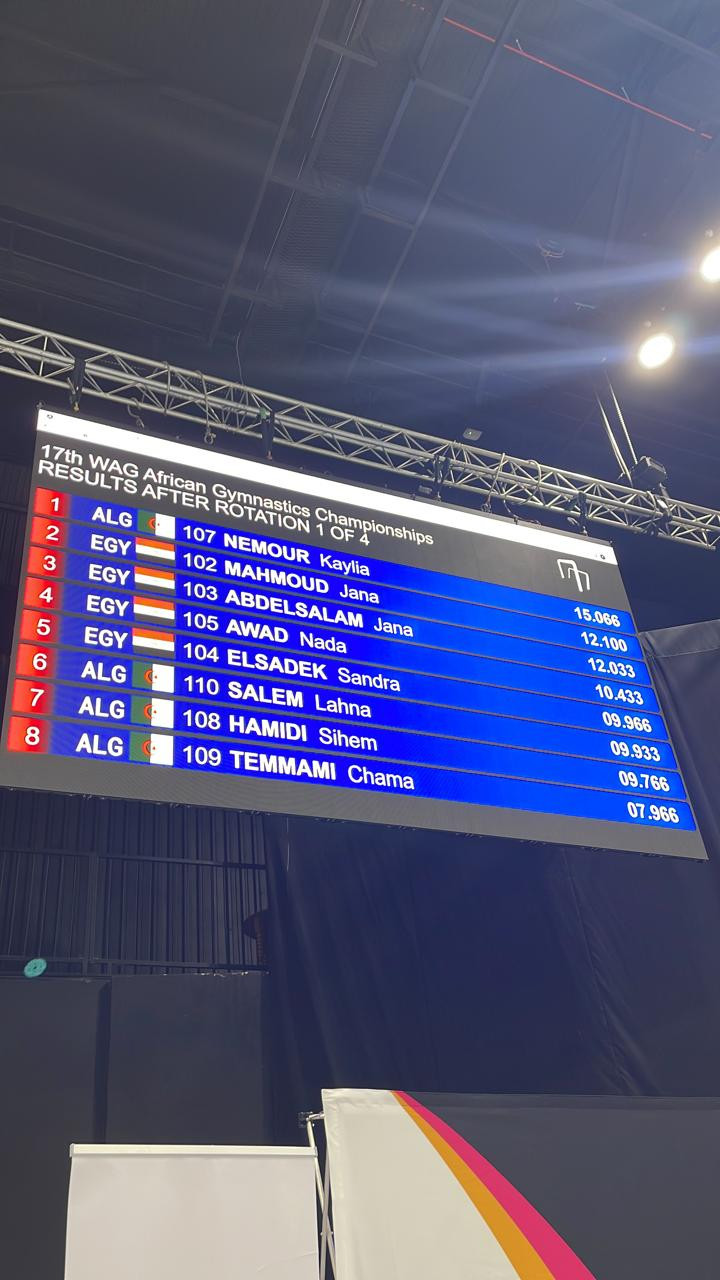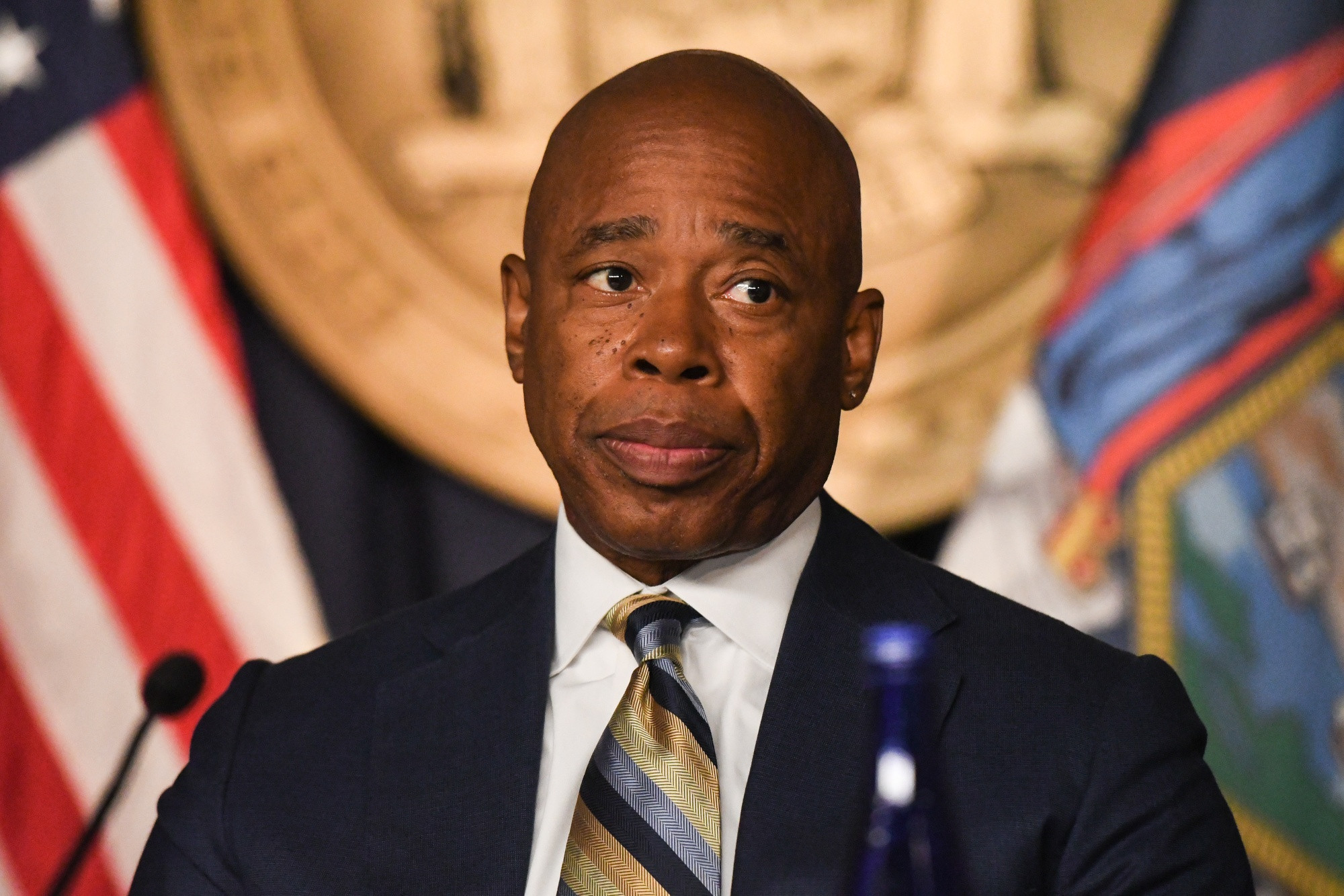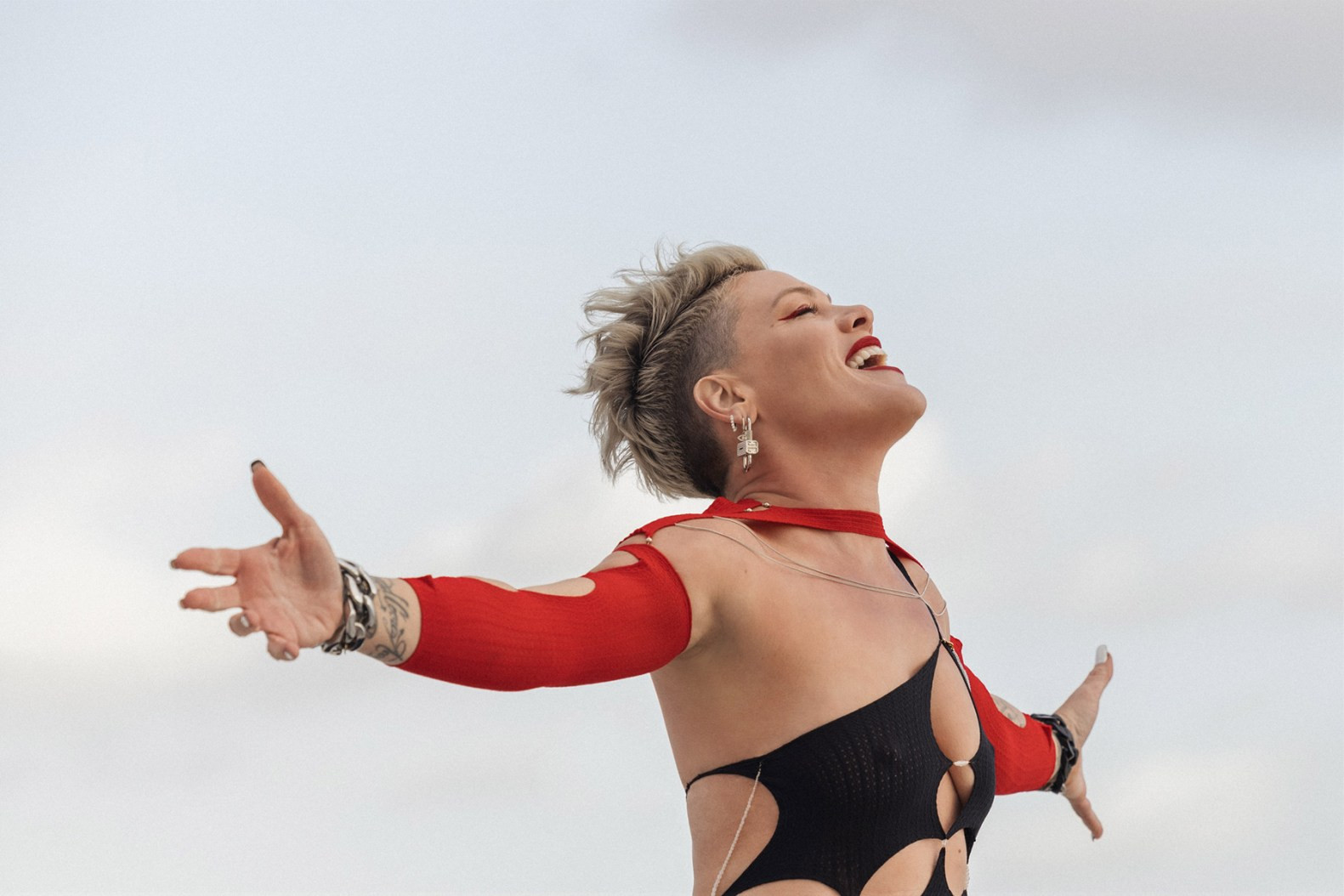After 12 weeks in space, Boeing’s Starliner spacecraft is finally set to return home from the International Space Station on September 6 — albeit without its two-person crew. The troubled spacecraft will undock from the orbiting laboratory around 6 p.m. ET, and it will spend about six hours maneuvering closer to home before landing around midnight in New Mexico’s White Sands Space Harbor. The astronauts who rode aboard Starliner to the space station on June 5, Butch Wilmore and Suni Williams, will remain on board the orbiting laboratory.
NASA announced on August 24 that experts were wary of gas leaks and issues with the Starliner capsule’s propulsion system, leading the agency to determine the spacecraft is not safe enough to finish its mission with crew on board. “The uncrewed Starliner spacecraft will perform a fully autonomous return with flight controllers at Starliner Mission Control in Houston and at Boeing Mission Control Center in Florida,” according to a NASA update posted Thursday. “Teams on the ground are able to remotely command the spacecraft if needed through the necessary maneuvers for a safe undocking, re-entry, and parachute-assisted landing in the southwest United States.”
How the Starliner vehicle performs during its return trip could be crucial to the future of the overall Boeing program. If the spacecraft experiences a mishap or NASA ultimately decides not to certify the vehicle for human spaceflight — a step that would set up the vehicle to make routine trips to orbit — it would mark yet another blow to Boeing’s already damaged reputation. Repeating this test flight and implementing redesigns on Starliner could cost the company millions of dollars — on top of the roughly $1.5 billion the company has already recorded in losses on the Starliner program.
“All of us really wanted to complete the (Boeing Starliner) test flight with crew, and I think unanimously we’re disappointed not to be able to do that,” Ken Bowersox, associate administrator for NASA’s Space Operations Mission Directorate, said last week. But “you don’t want that disappointment to weigh unhealthily in your decision.”
Even if Starliner’s uncrewed return trip goes well, NASA will still face a crucial decision on whether to grant the spacecraft its human spaceflight certification even though it did not complete its mission as intended. Throughout the weeks that engineers on the ground worked to understand the thruster issues and leaks plaguing the Starliner, Boeing maintained that it believed the vehicle would be safe to bring astronauts Williams and Wilmore home. In a statement on August 24, Boeing said that it “continues to focus, first and foremost, on the safety of the crew and spacecraft. We are executing the mission as determined by NASA, and we are preparing the spacecraft for a safe and successful uncrewed return.”
Williams and Wilmore will now fly home aboard a SpaceX Crew Dragon capsule no earlier than February. The Crew Dragon spacecraft has been certified to fly astronaut missions for about four years and has made about a dozen crewed trips to orbit.
Heated Meetings, Frustrated Executives, And A Humiliated Boeing Team
The news that NASA was sending Wilmore and Williams home on a SpaceX vehicle did not sit well with Boeing executives, sources told The New York Post. The outlet reported Friday that sources at both Boeing and NASA confirmed the high-level meetings between the two organizations descended into arguments and yelling over whether to bring the astronauts home on the troubled Boeing Starliner that brought them to the ISS on its first crewed mission.
“It was heated,” a NASA executive familiar with the talks told the Post. “Boeing was convinced that the Starliner was in good enough condition to bring the astronauts home, and NASA disagreed. Strongly disagreed. The thinking around here was that Boeing was being wildly irresponsible.”
“Boeing wasn’t happy” with that decision, the NASA executive told the Post. “And they made that perfectly clear to us. But what’s the headline if there’s a catastrophic failure? It’s not ‘Boeing killed two astronauts,’ it’s ‘NASA killed two astronauts.’ So no, it’s better safe than sorry.”
Meanwhile, the feeling at Boeing is that the successful return of Starliner will show that NASA was being overly cautious, but the commercial space team at the aerospace giant is demoralized, Boeing employees told the Post. “We have had so many embarrassments lately, we’re under a microscope,” the worker said. “This just made it, like, 100 times worse.”
NASA's Decision To Send Astronauts Home On SpaceX A Blow To Boeing
In the end, NASA opted to send the astronauts home on a SpaceX Crew Dragon capsule no earlier than February. This decision has been seen as a major blow to Boeing's Starliner program and its relationship with NASA. NASA's decision to send the astronauts home on a SpaceX Crew Dragon capsule no earlier than February has been seen as a major blow to Boeing's Starliner program and its relationship with NASA.
The incident has fractured relations between NASA and one of its biggest contractors. “Boeing was convinced that the Starliner was in good enough condition to bring the astronauts home, and NASA disagreed,” the NASA exec told the NY Post. “Strongly disagreed.”
“The thinking around here was that Boeing was being wildly irresponsible,” they added.
It's a major setback for Boeing and it remains unclear what the plan will be once it makes its return journey. Some experts suggest that the company may ditch the project entirely. If it does try again, it'll have to act fast, as the ISS is set to be decommissioned in roughly five years.
On Thursday, NASA announced that Starliner will attempt to make its uncrewed return home on September 6. “Teams on the ground are able to remotely command the spacecraft if needed through the necessary maneuvers for a safe undocking, re-entry, and parachute-assisted landing in the southwest United States,” the agency wrote in the update.
Regardless of how it fares during its descent, Boeing's first uncrewed test flight has already been a disaster for Boeing — and upcoming meetings about Starliner's future will likely remain just as tense.
Boeing's Starliner Returns Home Uncrewed - What Happens Next?
The decision by NASA to return the astronauts on a SpaceX mission instead of on the Starliner capsule has left a number of questions about the future of Boeing's spacecraft. The Starliner program has been plagued with issues since its inception, and NASA's decision to use SpaceX for the return mission has cast doubt on the future of the program.
Some experts believe that Boeing may be forced to scrap the Starliner project altogether. This would be a major setback for the company, which has invested billions of dollars in the program. However, Boeing may still try to salvage the program and continue to develop the Starliner spacecraft. If Boeing decides to continue with the program, it will need to act quickly as the International Space Station is scheduled to be decommissioned in roughly five years.
The uncrewed return of the Starliner spacecraft on September 6 will be closely watched by NASA and Boeing. The success of the mission will be crucial to the future of the Starliner program. However, the fact that the spacecraft will be returning uncrewed is a sign that the program is still in trouble. The uncrewed return of the Starliner spacecraft on September 6 will be closely watched by NASA and Boeing. The success of the mission will be crucial to the future of the Starliner program. However, the fact that the spacecraft will be returning uncrewed is a sign that the program is still in trouble.




